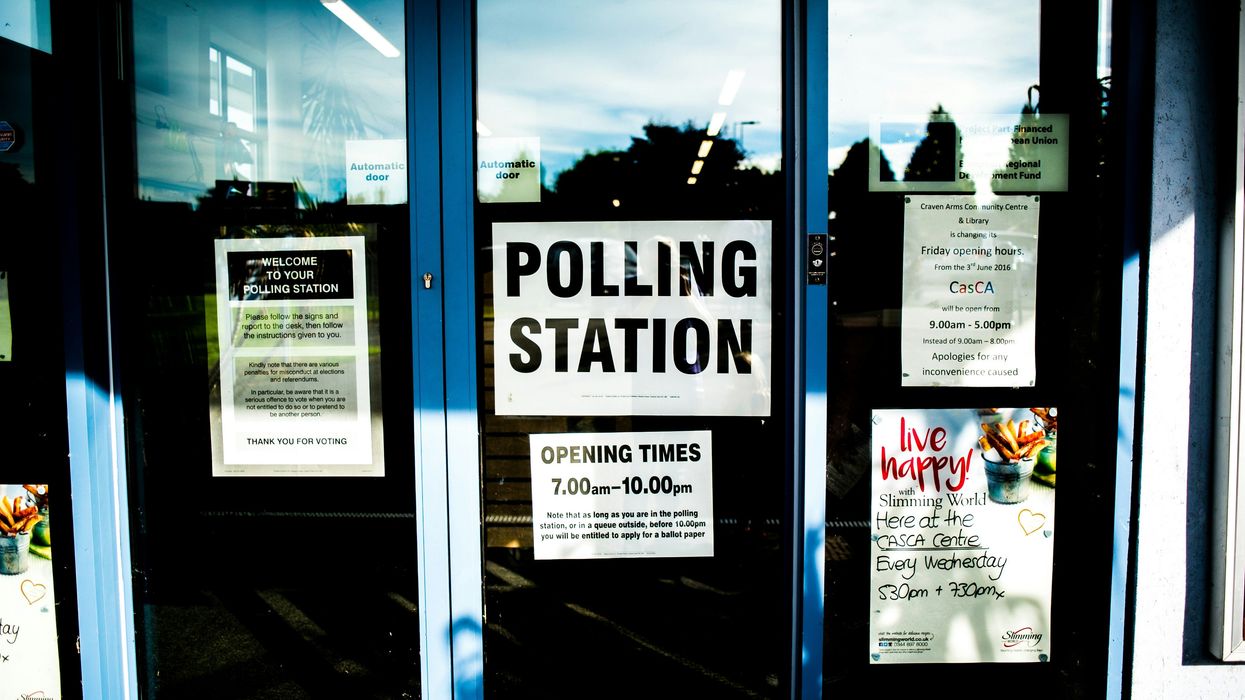In Part One, Pat Merloe explored the impact of the political environment, the need for constitutional defense against power-grabbing, and the malign effects of proof of citizenship on voting.
In the second part of the three-part series, Merloe explores the harmful effects of Executive Orders, the reversal of the Justice Department on voting rights, and the effects of political retribution.
Part Two: Damaging Executive Orders, Weaponizing DoJ, and Effects of Political Retribution
As noted in Part One of this series, while some would like us to believe that “all’s quiet on the election front”, multipoint attacks against trustworthy elections are underway with just 17 months until 2026’s voting and less time before off-year elections this November. Awareness of the attacks – and those fortifying trustworthy processes – is crucial for defending democracy. The arenas described below are among the active electoral battlefields.
Unless we mount an effective defense of trustworthy elections and broader democracy, Donald Trump’s prediction that “We’ll have it fixed so good, you're not going to have to vote” could become reality. Determining how to join in that defense is a responsibility of democratic citizenship.
Harmful Effects of Executive Order 14248 Beyond Proof of Citizenship
Cynically, EO 14248 does not seek to prevent voter suppression tactics. However, consistent with the irrational MAGA campaign against mailed ballots, the Order negates the states’ electoral power by imposing a national requirement that all mailed ballots must be received by election day. Ballots postmarked by Election Day but received later are counted in 17 states and Washington, D.C. More than 100,000 voters could be affected if the restriction stands, and large numbers of valid ballots could be voided simply due to mail delays. That could affect electoral outcomes up and down the ballot.
The Order includes a dangerous and unworkable instruction that the federal Electoral Assistance Commission (EAC) amend its Voluntary Voting Systems Guideline, apparently in light of certain Big Lie conspiracy theories about voting machines. The EAC is acting on that instruction. It requires all voting systems certified by the FEC for the state’s use to be re-certified within the impracticable period of 180 days. That could mean a mass of voting machines not being certified by election day, which could be used as a pretext for election bashing or possibly interfering in the certification of election results.
Voting system security is also being compromised by mass layoffs at the Cybersecurity and Infrastructure Security Agency (CISA), a component of the Department of Homeland Security (DHS), and by CISA cutting a range of programs that support elections. That includes CISA’s efforts to help secure voting systems and share information with state election officials about foreign and domestic cyber threats, all deemed important by the National Association of Secretaries of State (NASS). Additionally, in February, the Department of Justice (DOJ) disbanded the Foreign Influence Task Force, which heightens vulnerabilities that state officials are ill-equipped to address.
The Trump Administration is also cutting federal grants to document incidence and impacts of misinformation and disinformation, which will further undermine information integrity in the electoral environment. As AI advances continue, dismantling information safeguards will contribute to confusion and distrust even as further protections are needed. The Campaign Legal Center (CLC) and Brennan Center are among those engaging on that subject.
Privacy Offenses Demand Greater Attention
Citizen privacy rights have not been addressed in court rulings on EO 14248 or other election-related actions of the Administration. The Order variously instructs the Social Security Administration, State Department, and DHS to make information from their databases available to state officials and local officials for verifying the citizenship or immigration status of those who registered or are registering to vote.
Plus, the Order instructs DHS – in coordination with DOGE – to review each state’s publicly available voter registry and voter list maintenance activities alongside federal immigration databases. And, for DHS to report, within 90 days, complete information to the Attorney General and state and local officials on all foreign nationals who indicated on an immigration form that they have registered or voted in federal or state elections. Concern about errors and potential misuse is warranted, given DOGE’s other identity data mining activities. Democracy Forward, the Center for Democracy & Technology, and others are challenging attacks on privacy rights.
It is challenging to ensure citizens’ privacy in such broad actions. There is apparently at least one example of a DHS official already briefing a leading MAGA group about how to use federally collected data as part of its efforts to investigate voter lists. That illustrates the intersection of elements of the MAGA elections project.
Conversion of DOJ Voting Rights Efforts and Targeting Truth Tellers
A crucial part of the MAGA elections project is evident in developments at the Justice Department, including the Civil Rights Division and its Voting Rights Section. Changes in leadership, line managers, and mission statements, accompanied by the dismissal of prior cases seeking to protect voting rights, demonstrate a shift in both words and actions.
The conversion includes prioritizing EO 14248 and applying pressure to election administrators in certain states, including Arizona, North Carolina, and Oregon —all battleground jurisdictions. Colorado and Pennsylvania recently received a troublesome DOJ election data request, which poses burdens on those states. DOJ joined the defense of Wyoming’s proof of citizenship and proof of residency requirement, among other actions, to burden voting.
New DOJ initiatives established by US Attorney's offices, including investigations and task forces focused on election issues, also reflect this change. President Trump’s recent call for the appointment of a Special Prosecutor to investigate what he falsely claims as the fraudulent 2020 presidential election adds a further threat to election officials and judges who ruled against MAGA's fabricated challenges to that election. Rumblings that the DOJ is exploring the possibility of bringing criminal charges against state and local election officials are also threatening.
Political retribution that threatens past and future truth tellers is another part of the MAGA election plan. The targeting by Presidential order of former Trump-appointed CISA Director Christopher Krebs is obvious retribution for Krebs reporting that the 2020 presidential election was trustworthy. The order calls for an investigation into Krebs and instructs that security clearances be suspended for all persons associated with him, including those at his current workplace.
The personal targeting of Christopher Krebs fires a warning shot at federal, state, and local election officials who are called upon to tell the truth about elections, even when it means a MAGA loss is real. Election officials at all levels continue to face extraordinary stresses from accusations and threats. Many states have enacted laws to protect them from threats of violence, although 15 states still require legislative action. Enforcement of such protections is a challenge, and the threat of political retribution adds another layer of complexity. The Center for Election Innovation and Research (CEIR) and Issue One are among those defending election officials.
Several presidential Executive Orders target law firms that have represented Donald Trump’s electoral opponents and that offer assistance to voting rights initiatives. While courts have ruled against some of the law firm's EOs, they harm the electoral and broader political environment. The American Bar Association (ABA) filed a federal lawsuit against the Administration’s “deliberate policy designed to intimidate and coerce law firms and lawyers to refrain from challenging the President or his Administration in court, or from even speaking publicly in support of policies or causes that the President does not like.” Various law firms and organizations, including the Electronic Frontier Foundation (EFF), are also fighting such EOs, though more may well be issued.
The MAGA barrage against the rule of law includes mining the field of electoral justice. Part Three of this series addresses attacks on the courts and additional challenges to the principle of universal and equal suffrage, which is essential to trustworthy elections.
Part Three will examine the impact of attacks on the courts and the necessity of defending universal and equal suffrage.
Pat Merloe provides strategic advice to groups focused on democracy and trustworthy elections in the U.S. and internationally.




















